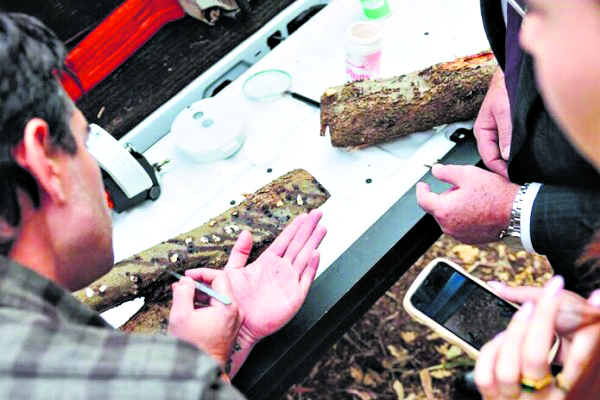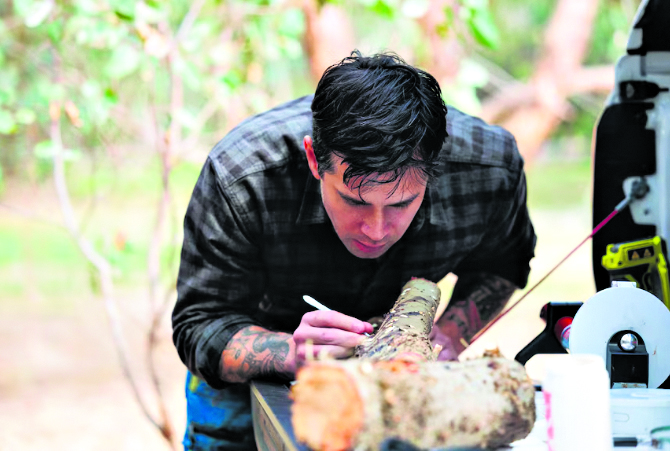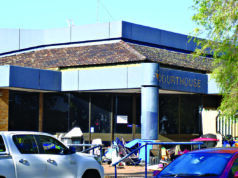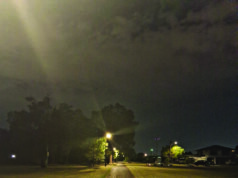
The tree-killing shot-hole borer is not going away and now, homeowners across Perth may be left to face it on their own.
Last month, the State Government confirmed it would no longer pursue eradication of the polyphagous shot-hole borer, shifting instead to a long-term management plan aimed at slowing its spread.
This was a result of a decision by national biosecurity authorities that eradication was no longer technically feasible due to the difficulty in detecting and controlling the borer infestations.
But the announcement has left some residents and local councils asking what happens next and who will help ordinary property owners deal with the cost and consequences.
Canning Mayor Patrick Hall said the decision came as a blow, particularly for people already dealing with infected trees on private land.
“It’s a real tragedy for Western Australia,” Mr Hall said.
“If action had been taken earlier, we might have had a different outcome.”
“There’s no clear support for homeowners. If someone has two or three infected trees in their backyard, who removes them? Who pays for treatment? These are the unanswered questions the government hasn’t addressed.”
The City of Canning is currently trialling a chemical injection treatment on 131 mature trees, with early signs showing success in killing the borer and preserving the trees.
The project has been self-funded, costing the city $40,000, and the Mayor said he hoped the results would lead to broader action.
“We’re seeing nothing but extraordinary results,” Mr Hall said in an earlier interview.
“But without State backing, this work may not go any further.”

The Department of Primary Industries and Regional Development (DPIRD) confirmed that the trial is in its early stages and said it welcomed the opportunity to view the results when they become available.
In the meantime, the State Government has committed $26.5 million for the transition to management phase.
Under the WA Agricultural Research Collaboration (WAARC), $2.17 million has been allocated to three new university-led projects focused on improving detection, mapping risk zones, and developing new chemical or biological controls.

“Eradication efforts would have required the removal of a significant number of trees from Perth’s urban canopy,” a DPIRD spokesperson said.
“They are unlikely to be successful long-term.”
However, for many residents, the concern isn’t about large-scale removals – it’s about what happens when the borer reaches their own street, or their backyard.
On local gardening and community pages, residents voiced frustration and concerns.
“Why aren’t there people on the ground dealing with outbreaks? You can pour in a stack of money, but if it’s not going to the right areas, it won’t help,” one commenter said,
While some support the State’s new approach, others say they feel like giving up.
Diana Ryan, a longtime Canning local, said she supported the State’s shift to management.
“The city made bold statements with little to back it up,” Ms Ryan said.
“Injection treatments have been tried overseas, and the results haven’t always been effective long-term.”
She also questioned whether the trial had undergone proper peer review, and pointed to examples in California, where the pest has been present for two decades.
“Did we panic? Understandable. But we gain knowledge over time, and that’s what the national body overseeing this has done. It’s better to manage than to keep cutting down trees,” she said.
But for people who may soon lose the trees shading their homes, the bigger question is when help is needed, who will step in?













